DTP: C-CLEAR
3B
Tim Armitage
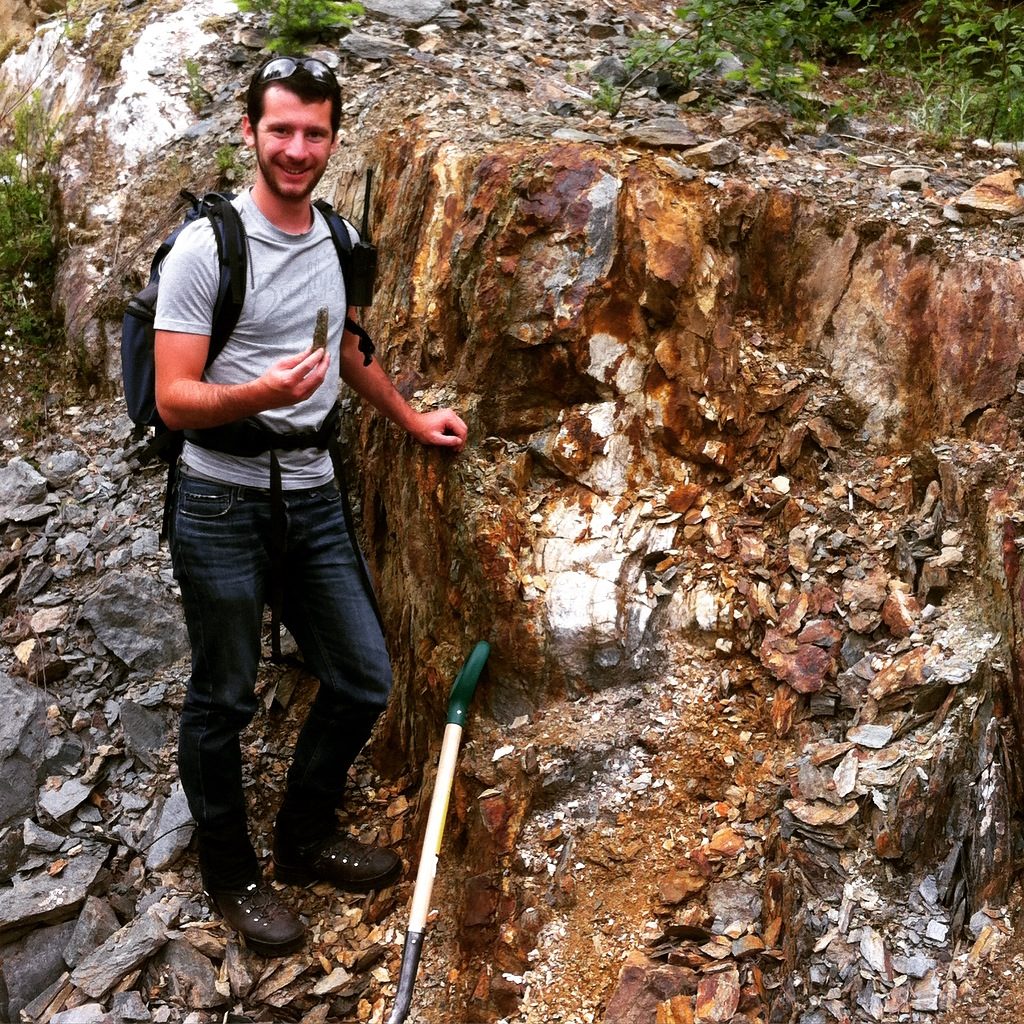
Email: timothy.b.armitage@durham.ac.uk
Twitter: @timarmitage2
Website: http://www.timarmitage.co.uk
I am a structural geologist and geochemist with interests in plate tectonics and fault zone mechanisms. My PhD has focussed on understanding the geological history of ancient deactivated faults on Shetland, Scotland. Although now tectonically stable and deactivated, Shetland’s faults show a long geological history from deep in the Earth’s crust. Using remote sensing, fieldwork and microscopic (SEM) analysis, I have been able to determine the processes active during fault zone deformation. By measuring the isotope geochemistry from Shetland faults, I have also constrained when and for how long faults were deformed while deep in Earth’s crust. This research is analogous to currently active tectonic regions on Earth while also explaining ancient tectonic plate movements across the North Atlantic. From my research, I have gained specialist skills in geospatial mapping, SEM analysis and isotope geochemistry.
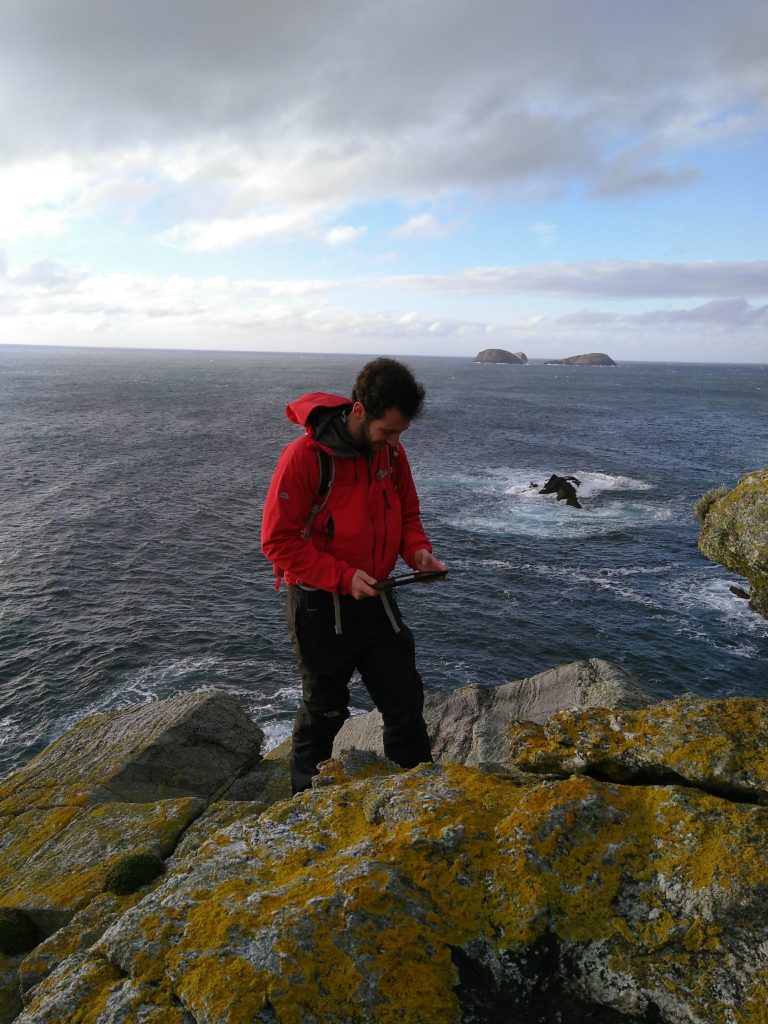
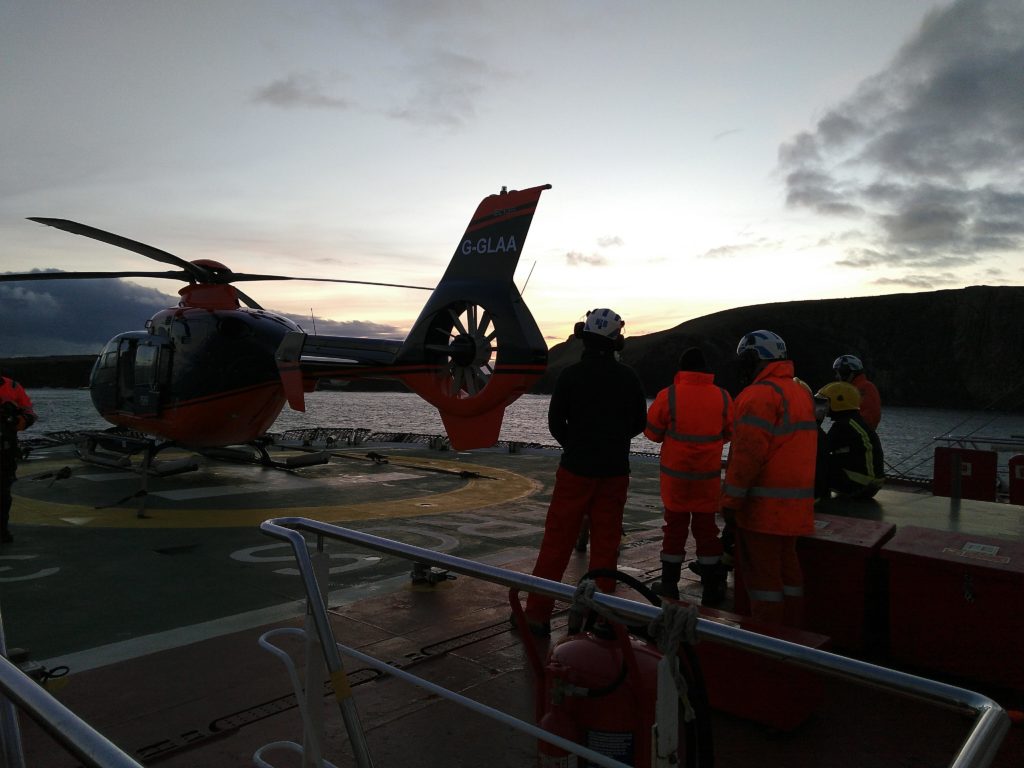
Publication
I have published part of my research concerning the age and structure of a major fault line on Shetland, the Walls Boundary Fault. This article highlights the importance of how different rock types influence the development of faults and links the Walls Boundary Fault to mainland Scotland’s geological history.
Durham University Structural Geology Research Group
Outside of my research, I manage the departments research group. This group is a platform for internal and external speakers to present their latest findings and for members to develop their technical research skills. Recently, we have also discussed issues relating to equality and diversity in geoscience, including celebrating international women’s day and decolonialising geoscience.
Twitter: @DU_Structural
Conferences
I have presented at numerous conferences nationally and internationally. Of note, to help present at Tectonic Studies Group (TSG) conference in 2019, I successfully applied to the Hatfield Trust. Read my report detailing my experience at the conference and gratitude to the Hatfield Trust.
Sandy Avrutin
DTP: INSPIRE
Matthew Brady

I’m Matthew Brady, a PhD student in the Department of Earth Sciences at the University of Cambridge. My research focuses on using water isotopes to deconvolve complex climate histories through experiments and novel records. Currently, I am focussing on the tropical response to Heinrich Events over the last 45ka using a 3D-printed lake basin model in conjunction with core record to better constrain the environment over this period of Earth’s history. I have a strong interest in climate impact mitigation of which carbon storage is fundamentally necessary if we are to achieve the 1.5C target. I am very excited to take part in the enviroSPRINT event and I am looking forward to learning more and hearing the ideas of fellow post-graduate researchers!
Links
Email: mpb68@cam.ac.uk
Twitter: @GeologistBrady
Katie Spencer
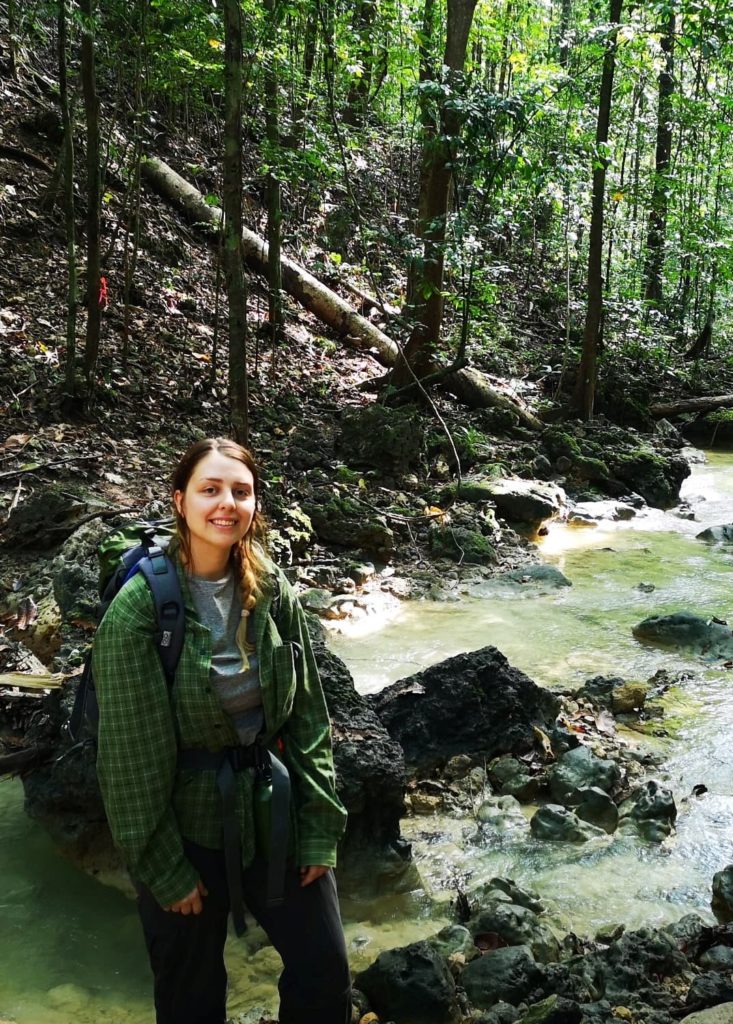
I am a conservation scientist and 2nd year PhD student at the Durrell Institute of Conservation and Ecology at the University of Kent. My research aims to understand the drivers of defaunation in Borneo, by assessing the human and environmental threats to large mammals (i.e sun bears) using ecological and social science techniques. My background lies within camera-trapping and mammal ecology; my MSc research investigated the impact of livestock guarding dogs on predator ecology in South Africa and I’ve also worked as a mammal scientist for Operation Wallacea in Honduras, Mexico and Indonesia.
Here is a sneak preview of some results for sun bear occupancy analysis in Borneo so far:
Also feel free to check out my:
Jess Fleming
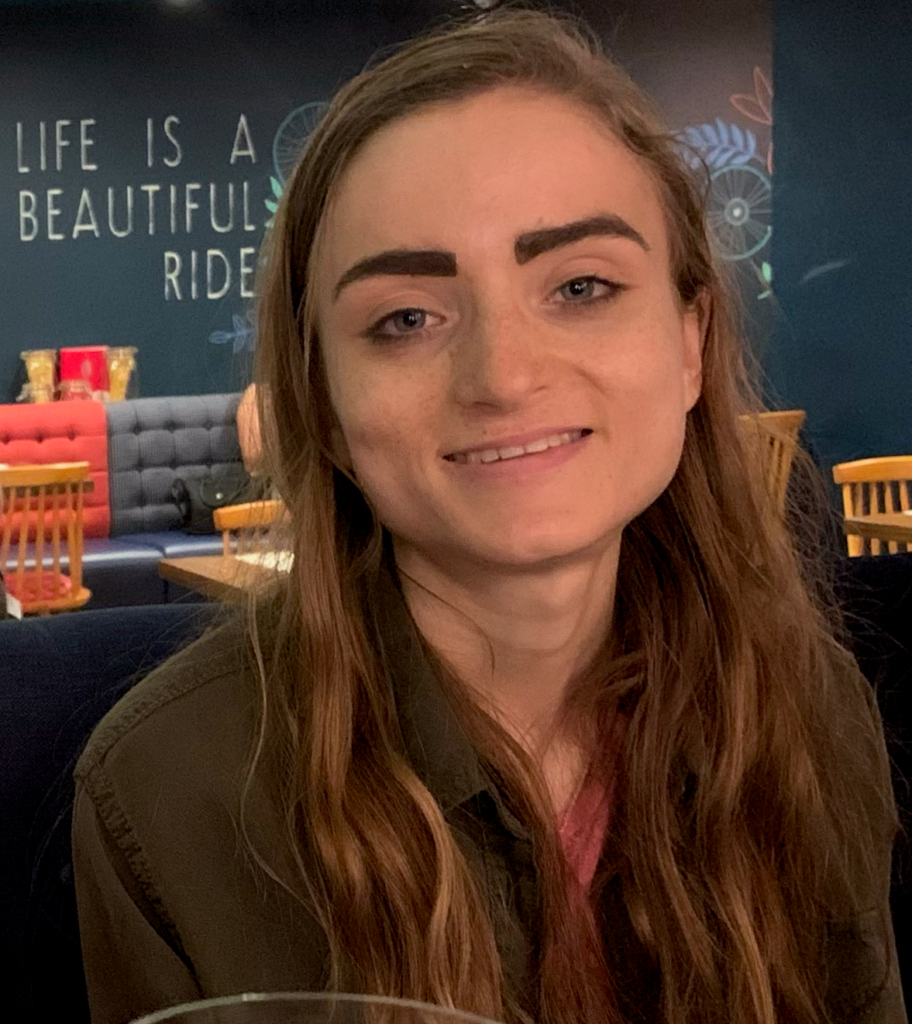
I am a PhD student in atmospheric chemistry at the University of Cambridge using low-cost, portable sensor networks to measure air pollution. I am currently using data from the Breathe London (BL) network to study the impact of policy interventions such as the Covid-19 lockdown and introduction of the Ultra-Low Emission Zone (ULEZ) on the capital’s air quality. This work differs from standard government monitoring of air pollution in two main ways. Firstly, the BL data are recorded at higher spatial and temporal resolution, which allows better identification of local pollution events. Secondly, CO2 concentrations are also measured and can be used as a tracer for the impact of weather on pollution, which usually hinders any effort to compare pollution levels through time. I am passionate about my research because understanding and improving air quality is vital to the protection of human health and the environment, and for building a more sustainable society.
Beyond my day-to-day research, science outreach is very important to me. I enjoy working with students to engage them with science and encourage them to pursue it in their future studies and career.
